How does Fair Medicine work?
Fair Medicine introduces a new business model for the development of pharmaceuticals, as a complement to the traditional methods used by the pharmaceutical industry. Innovation is desperately needed at the moment, because:
- – The traditional model results in higher prices for medication that is used only by small groups of patients.
- – The development costs and price structures are not transparent.
- – Some patient groups are not served, because the pharmaceutical industry is incapable of developing a working therapy that is also profitable for them.
Something needs to change
The development of pharmaceuticals is a complex, expensive and time-consuming process. In the traditional model, the industry bears almost all of the risks, so much of the criticism of the pharmaceutical industry is unjustified. And yet, something needs to change. Fair Medicine offers a new model to complement the existing development method. To us, finding new medications is a social responsibility that several stakeholders can bear together. If we want to initiate change, then we will have to join together to invest our time, money and knowledge. Only then will we be able to bring effective and affordable medications to market.
Fair Medicine differentiates itself from traditional pharmaceutical development in five major areas:
1. Sharing investment
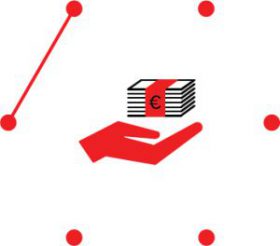 Patient associations, hospitals, researchers, health insurers, large and small investors and pharmaceutical developers all join together to invest their money and expertise in new medicines. This spreads the burden of high investments evenly, and the parties can agree to a fair price and acceptable profits in advance.
Patient associations, hospitals, researchers, health insurers, large and small investors and pharmaceutical developers all join together to invest their money and expertise in new medicines. This spreads the burden of high investments evenly, and the parties can agree to a fair price and acceptable profits in advance.
2. In for the long term
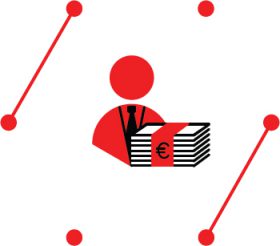 Fair Medicine investors commit to the full term of development of a new drug, which could take as long as six to ten years. There is no option for selling out before the end of the process, unless the buyer is willing to agree to the same conditions. This is because selling out during the development process can have the effect of driving up the price of the end product.
Fair Medicine investors commit to the full term of development of a new drug, which could take as long as six to ten years. There is no option for selling out before the end of the process, unless the buyer is willing to agree to the same conditions. This is because selling out during the development process can have the effect of driving up the price of the end product.
3. Cover the costs
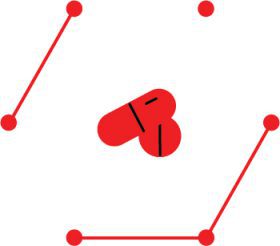 Each product must cover its own costs. Fair Medicine products are not connected to one another financially. In the traditional development model, high profit margins are occasionally justified in order to compensate for disappointing results for other products.
Each product must cover its own costs. Fair Medicine products are not connected to one another financially. In the traditional development model, high profit margins are occasionally justified in order to compensate for disappointing results for other products.
4. Responsible profit
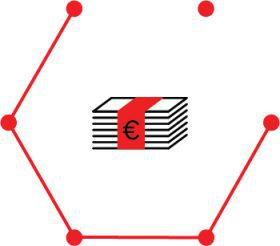 In the Fair Medicine model, the investing parties only earn a return on their investment once the product is released to market. Their profit is transparent, and is expected to return between 8-15%, which is significantly lower than the usual profit margin in the industry.
In the Fair Medicine model, the investing parties only earn a return on their investment once the product is released to market. Their profit is transparent, and is expected to return between 8-15%, which is significantly lower than the usual profit margin in the industry.
5. Patient on board
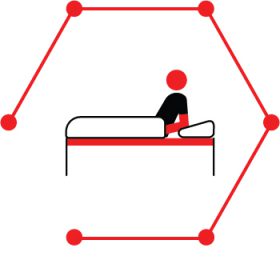 Fair Medicine involves patients and doctors in the development process, instead of leaving them on the sidelines as is currently the case. Patient associations may also invest in the projects. This could result in new medications becoming available for certain patient groups that would not be profitable enough for traditional pharmaceutical developers.
Fair Medicine involves patients and doctors in the development process, instead of leaving them on the sidelines as is currently the case. Patient associations may also invest in the projects. This could result in new medications becoming available for certain patient groups that would not be profitable enough for traditional pharmaceutical developers.
The Charter
Fair Medicine investors, researchers and physicians all work together based on a social code recorded in a Charter. This Charter text guarantees the cooperative and transparent nature of the development process, and is available to all at the website fairmedicine.eu. The independent foundation Fair Medicine, which does not produce medications itself, ensures that safe, effective and affordable products are released to the market in accordance to the rules expressed in the Charter.